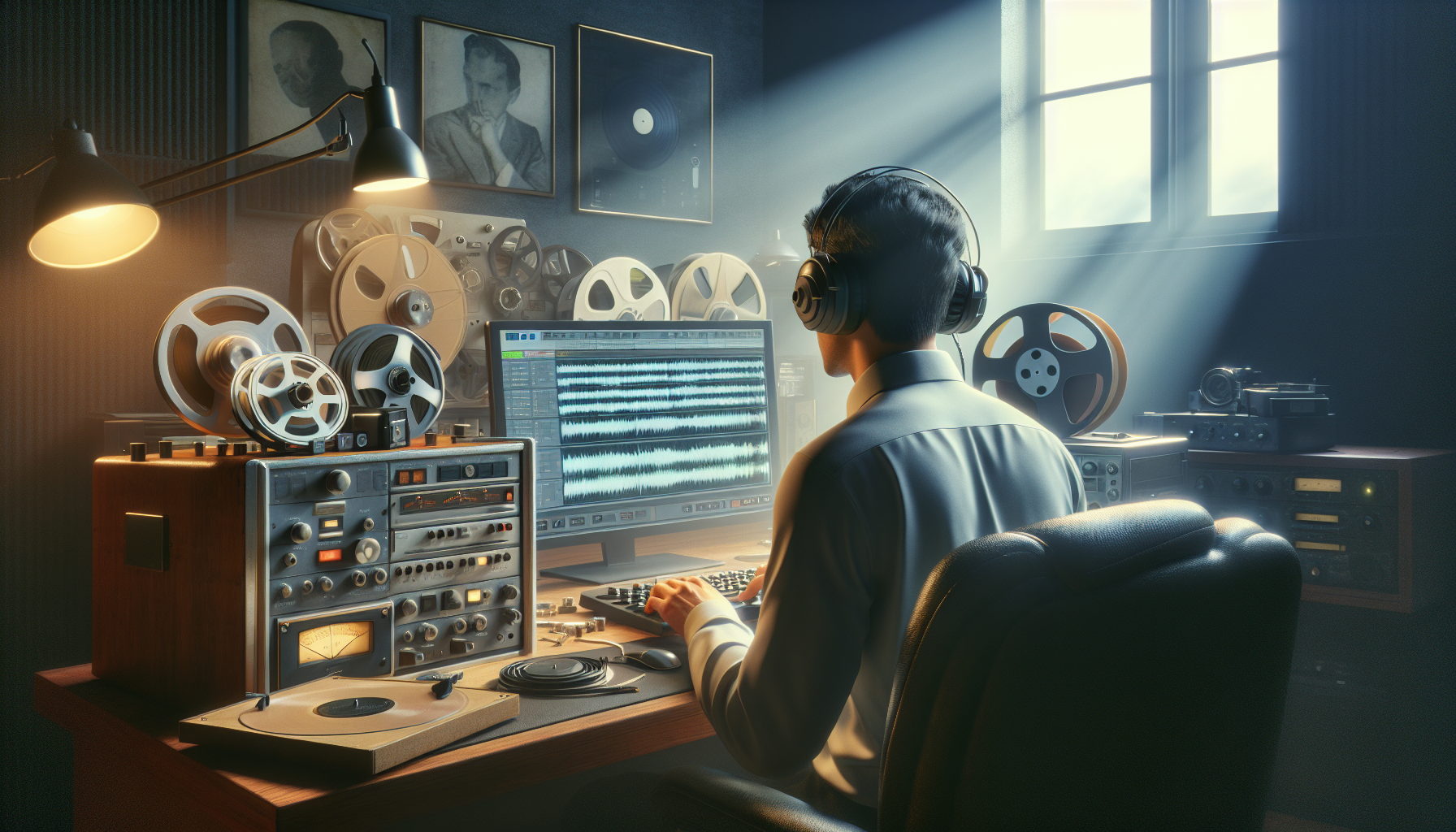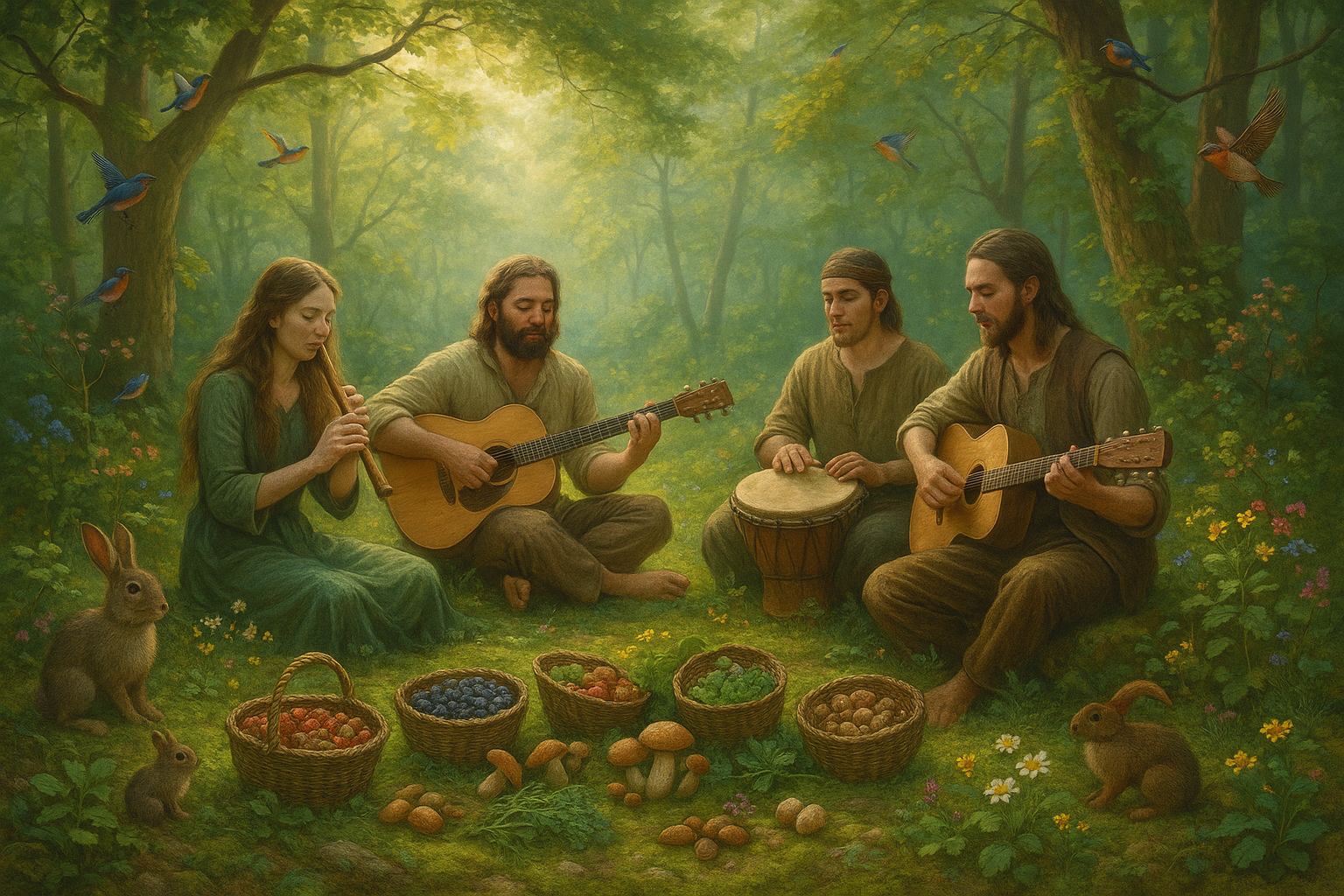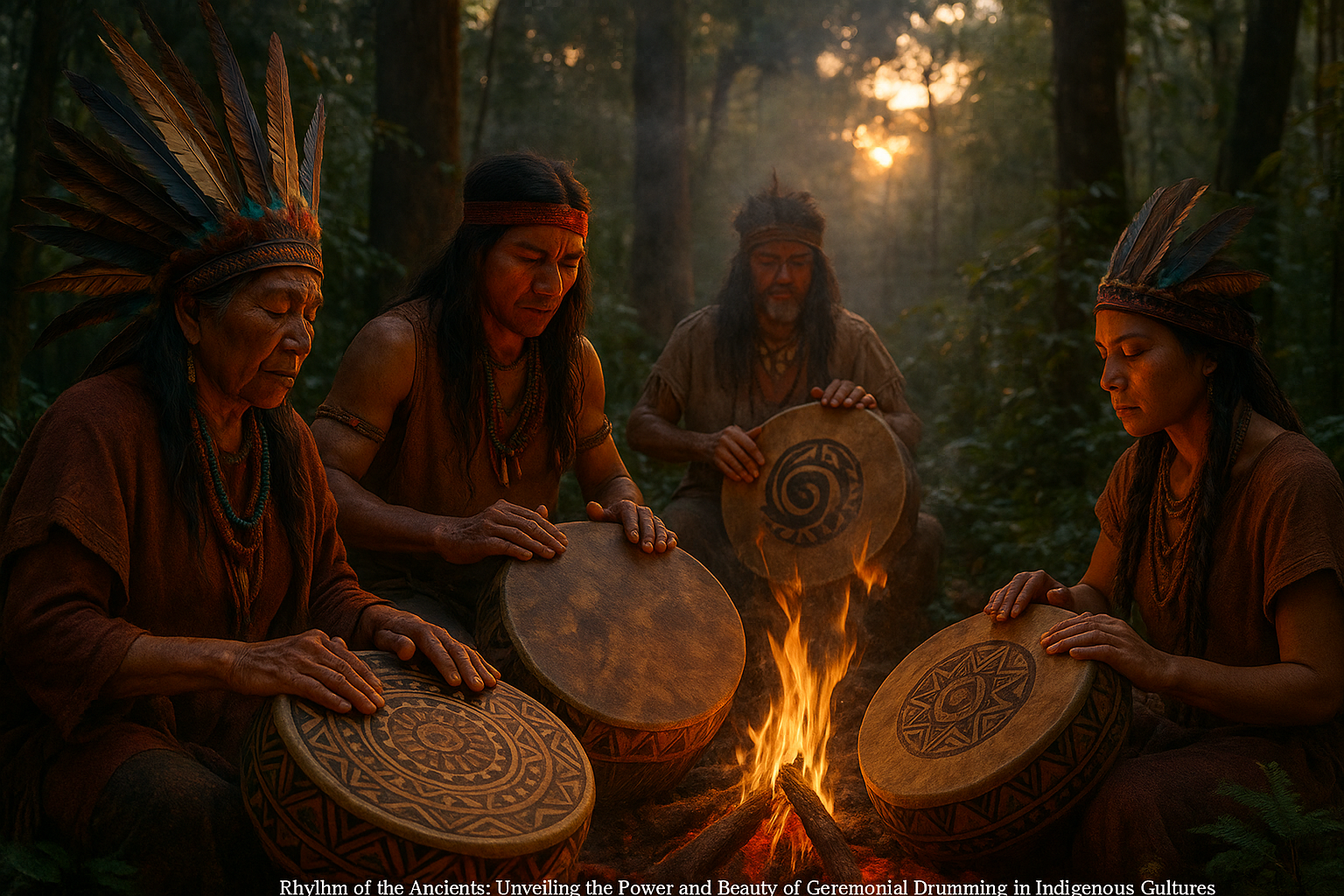In a world where technological advancements surge ahead at a breathtaking pace, it’s easy to overlook the fragile threads that connect us to our past. Our history, rich with lessons, stories, and melodies, is often stored in fragile formats that are vulnerable to the ravages of time. Among these precious artifacts are sound archives—audio recordings that capture not only the voices and music of bygone eras but also the ambient sounds that paint a vivid picture of our collective journey. However, many of these recordings are at risk of being lost forever due to physical degradation, outdated technology, and neglect. 🎙️
Imagine being able to hear the voices of your ancestors, the stirring speeches that shaped nations, or the haunting melodies that once echoed through concert halls a century ago. These are not mere fantasies but real possibilities that hinge on our ability to restore and preserve damaged sound archives. The process of reviving these auditory treasures is both a technical challenge and a labor of love, requiring the expertise of audio engineers, historians, and archivists who are passionate about preserving history’s echoes for future generations.
In this exploration of sound restoration, we delve into the intricate dance between technology and history. We will uncover the myriad challenges faced in the restoration process, from deciphering obsolete formats to repairing physical damage caused by time and environmental factors. Each crackle and pop in a recording tells its own story, and the journey to restoration often feels like piecing together an intricate puzzle where every fragment is invaluable.
Beyond the technicalities, the restoration of sound archives raises profound questions about cultural heritage and memory. What do we choose to preserve, and why? As we sift through vast repositories of recordings, decisions must be made about which pieces of our auditory past are most vital to keep alive. These choices reflect our values, our identity, and our hopes for what future generations will learn from the echoes of the past. The act of restoration is thus not only a technical endeavor but a deeply philosophical one, as it challenges us to consider the essence of history and memory itself.
Join us on this auditory odyssey as we explore the fascinating world of sound archive restoration. We will shine a light on the unsung heroes working behind the scenes to ensure that the sounds of yesteryear resonate once more. From the cutting-edge technologies used to resurrect seemingly lost recordings to the heartwarming stories of cultural rediscovery, this journey promises to be as enlightening as it is inspiring. Together, let’s embark on a quest to revive the past, ensuring that the voices and music that define our history are not silenced by the passage of time. 🌍🎶
The Importance of Sound Archives
Sound archives are invaluable repositories of human history, capturing everything from historical speeches and musical compositions to oral histories and natural sounds. These archives offer us a glimpse into the past, preserving moments that would otherwise be lost to time. Their significance lies not only in the historical content they house but also in their role in maintaining cultural heritage and enabling scholarly research. Sound archives serve as a bridge between generations, allowing us to experience the world as it once was, hear voices long silenced, and connect with our cultural roots.
However, these archives face numerous challenges. Physical degradation, technological obsolescence, and environmental factors can all threaten the integrity of sound recordings. Many archives contain fragile materials such as magnetic tapes and vinyl records that degrade over time, leading to a loss of audio quality or complete inaccessibility. Moreover, as technology evolves, the equipment required to play these recordings becomes harder to find, further complicating preservation efforts.
Preserving these audio treasures requires a proactive approach that combines traditional archival techniques with modern technology. Digitization is a crucial part of this process, converting analog recordings into digital formats that can be more easily preserved and accessed. However, digitization is only one step; ongoing maintenance and storage are necessary to ensure that digital files remain accessible in the long term. Institutions must invest in both physical and digital preservation strategies to safeguard these vital historical records.
Key Challenges in Sound Archive Restoration
One of the primary challenges in restoring sound archives is the condition of the original media. Magnetic tapes, for example, are susceptible to a phenomenon known as “sticky-shed syndrome,” where the binder holding the magnetic particles begins to break down, making the tape sticky and unplayable. To address this, archivists often resort to techniques such as baking the tapes at low temperatures to temporarily restore their playability.
Another challenge is the variety of formats that exist within sound archives. From wax cylinders to DAT tapes, each format requires specific playback equipment and expertise. This diversity necessitates a well-rounded knowledge of historical audio technology and sometimes bespoke solutions for playback and digitization.
Environmental factors also play a significant role in the degradation of sound archives. Humidity, temperature fluctuations, and exposure to light can all accelerate the deterioration of audio media. Therefore, proper storage conditions are essential to prolong the life of these materials. Controlled environments with stable temperature and humidity levels are crucial, alongside measures to protect against dust, mold, and other contaminants.
Modern Techniques in Sound Restoration
The field of sound restoration has evolved significantly with advances in technology. Digital audio workstations (DAWs) and specialized software now enable archivists to clean and enhance audio recordings with remarkable precision. Noise reduction algorithms, for instance, can identify and minimize background noise, while spectral editing tools allow for the precise removal of specific unwanted sounds without affecting the desired audio content.
Machine learning and artificial intelligence are also making waves in sound restoration. These technologies can analyze large datasets of audio to identify patterns and make informed decisions about how to best restore recordings. For example, AI can be used to interpolate missing parts of a recording, using contextual information to recreate lost audio with a high degree of accuracy.
One exciting development is the use of laser-based systems to play back damaged or fragile recordings without physical contact. By scanning the surface of a record, these systems create a digital image that can be processed to extract audio information. This method is particularly useful for materials that are too delicate to be played using traditional methods, offering a non-invasive way to access content that might otherwise be lost.
Case Study: Restoring a Historical Speech
A notable example of sound archive restoration is the recovery of a speech given by a prominent historical figure. The original recording, made on a deteriorating acetate disc, was almost inaudible due to scratches and surface noise. Using a combination of digital restoration techniques, archivists were able to clean up the recording, removing clicks and pops while preserving the speech’s clarity and authenticity.
This restoration process involved multiple stages, beginning with a high-resolution digital transfer of the disc’s audio. Advanced noise reduction software was then employed to isolate and reduce the surface noise, allowing the speech to be heard clearly for the first time in decades. The final result was a pristine recording that provides invaluable insights into the historical context of the speech and its impact at the time.
The Role of Collaboration in Sound Archive Preservation
Collaboration is a cornerstone of successful sound archive preservation. Institutions, researchers, and technology companies must work together to develop and implement effective preservation strategies. Sharing knowledge and resources allows for more comprehensive solutions to the challenges facing sound archives, enabling archivists to leverage the latest technological advancements.
Many archives have formed partnerships with technology companies to develop bespoke solutions for digitization and restoration. These collaborations often involve the creation of custom software or hardware tailored to the specific needs of a particular archive, ensuring the most effective preservation methods are employed.
Community engagement is also vital in sound archive preservation. Involving the public in preservation efforts can raise awareness of the importance of these archives and foster a sense of shared responsibility for their care. Educational programs and public events can showcase the richness of sound archives, inspiring new generations to appreciate and support these invaluable resources.
Table: Comparison of Sound Restoration Techniques
| Technique | Advantages | Disadvantages |
|---|---|---|
| Digital Noise Reduction | Effective at removing background noise; preserves speech clarity | Can introduce artifacts if overused |
| Spectral Editing | Precise control over unwanted sounds; non-destructive editing | Requires significant expertise and time |
| Laser-Based Playback | Non-invasive; preserves delicate media | Expensive; limited availability |
Future Directions in Sound Archive Restoration
The future of sound archive restoration is promising, with continuous advancements in technology offering new possibilities for preservation. The development of more sophisticated AI and machine learning models will likely enhance the ability to restore and even improve audio quality beyond its original state.
Virtual reality (VR) and augmented reality (AR) technologies also hold potential for sound archives. Imagine being able to not only hear a historical concert but also experience it in a virtual environment that recreates the original setting. Such immersive experiences could bring sound archives to life in ways previously unimaginable, making history more accessible and engaging.
Furthermore, open-source initiatives and the democratization of restoration technology could enable smaller institutions and even individuals to undertake their own preservation projects. As tools become more user-friendly and widely available, the barrier to entry for sound archive restoration will lower, empowering a broader range of participants to contribute to this vital field.
Engage with the Past: Watch a Restoration in Action
To truly appreciate the intricacies of sound archive restoration, it’s best to see the process in action. Watch the video below to learn more about the techniques used by professionals to restore damaged audio recordings and breathe new life into historical sound archives.
Watch this informative video on sound restoration: Sound Restoration Techniques by National Audio-Visual Conservation Center
- Invest in quality storage solutions to protect against environmental damage.
- Collaborate with technology experts to access the latest restoration tools.
- Engage the public through educational programs and community events.
- Utilize digital and AI technologies to enhance restoration efforts.

Conclusion
Reviving the past through the restoration of damaged sound archives is a mission that resonates deeply with our collective duty to preserve history and the rich tapestry of human memories. As we’ve explored in this article, the meticulous process of restoring these auditory treasures is more than a technical challenge—it is a cultural imperative.
Throughout our exploration, we delved into the multifaceted process of sound restoration, a delicate dance between technology and art. At the core of this process is the understanding that every crackle, pop, and hiss in an old recording tells a story—a story of the time, the place, and the people involved. We examined the sophisticated techniques employed by audio engineers, such as digital remastering and analog-to-digital conversion, which serve as the bridge between eras, allowing past voices to once again be heard clearly and accurately. This not only involves technical expertise but also a profound respect for the original material, ensuring that its authenticity and integrity remain intact.
The importance of preserving sound archives extends beyond mere nostalgia. These archives are invaluable resources for historians, educators, and artists, providing insights into cultural shifts, societal norms, and the very essence of past human experiences. They capture everything from historic speeches and landmark concerts to everyday sounds of bygone eras, offering a vivid portal into the past. As we advance technologically, it becomes ever more critical to safeguard these recordings, ensuring they are not lost to the ravages of time and neglect.
In our discussion, we also highlighted the significant role of collaboration between archivists, historians, and technologists. This interdisciplinary approach is crucial for the successful restoration and preservation of sound archives. By pooling expertise from various fields, we can innovate and refine our methods, addressing the myriad challenges posed by different formats and degrees of degradation. Moreover, this collaborative effort fosters a community dedicated to the shared goal of cultural preservation, which is vital for ensuring these projects receive the attention and funding they deserve.
Additionally, the ethical considerations in restoring sound archives cannot be overstated. Decisions about what to preserve and how to present it must be made with sensitivity and a deep awareness of cultural contexts. The restoration process often involves making judgment calls about balancing the removal of noise with the preservation of the original sound’s character. These decisions can significantly impact how future generations perceive historical events and cultural expressions, emphasizing the weight of responsibility borne by those involved in this work.
The restoration of sound archives is not just about preserving the past but also about enhancing our understanding of it. These recordings can inspire new interpretations and insights, prompting us to question and explore the narratives that have shaped our present. By bringing these sounds back to life, we encourage dialogue and reflection, fostering a more nuanced appreciation of history and its impact on contemporary society.
As we conclude this journey through the realm of sound restoration, it is important to acknowledge the ongoing nature of this work. The preservation of sound archives is a continuous effort that requires ongoing commitment, resources, and innovation. We must remain vigilant and proactive, advocating for the importance of this work within our communities and beyond.
We encourage you, dear reader, to engage with this vital endeavor. Whether you are a historian, an audio enthusiast, or someone who simply appreciates the beauty of a well-told story, there are numerous ways to get involved. Share what you’ve learned here with others, contribute to local preservation projects, or simply take the time to explore sound archives and reflect on the stories they tell. By doing so, you become a part of this noble mission to preserve our shared auditory heritage for future generations.
In conclusion, reviving the past through sound restoration is a powerful testament to the enduring value of our cultural heritage. It is a reminder that while technology may change, the human experience remains a constant source of inspiration and learning. Let us embrace this opportunity to listen, learn, and preserve, ensuring that the echoes of the past continue to enrich our present and illuminate our future. 🎶
For further reading and resources on sound restoration, we recommend exploring The Association for Recorded Sound Collections and The British Library Sound Archive to deepen your understanding and appreciation of this fascinating field.
Toni Santos is a sensory storyteller and soundscape artisan whose work explores the forgotten language of the Earth through acoustic ecology storytelling. With a deep reverence for the natural world’s sonic textures, Toni crafts narratives that awaken our ears to the subtle music of forests, winds, waters, and wild silence.
His creative journey is rooted in a desire to preserve and interpret the acoustic heritage of environments, both ancient and fragile. From the echo of birdsong in a disappearing jungle to the resonance of stones in sacred landscapes, Toni’s stories reflect the memory held in sound—often overlooked, yet deeply felt.
With a background in environmental aesthetics and sonic design, Toni blends field recordings, visual symbolism, and poetic insight to create immersive experiences that honor the sonic soul of nature. His work does more than document; it invites listeners to re-tune themselves to the rhythms of life that still pulse beneath modern noise.
As the voice behind Vizovex, Toni shares sound-based studies, ambient narratives, and reflective content that help others reconnect with how sound shapes memory, meaning, and place.
His work is a tribute to:
The lost soundscapes of vanishing ecosystems
The role of natural acoustics in cultural and emotional memory
The healing potential of listening deeply to the world
Whether you’re an artist, an ecologist, or someone drawn to the quiet power of listening, Toni invites you into a space where every rustle, ripple, and resonance becomes a story—one note, one place, one heartbeat at a time.





